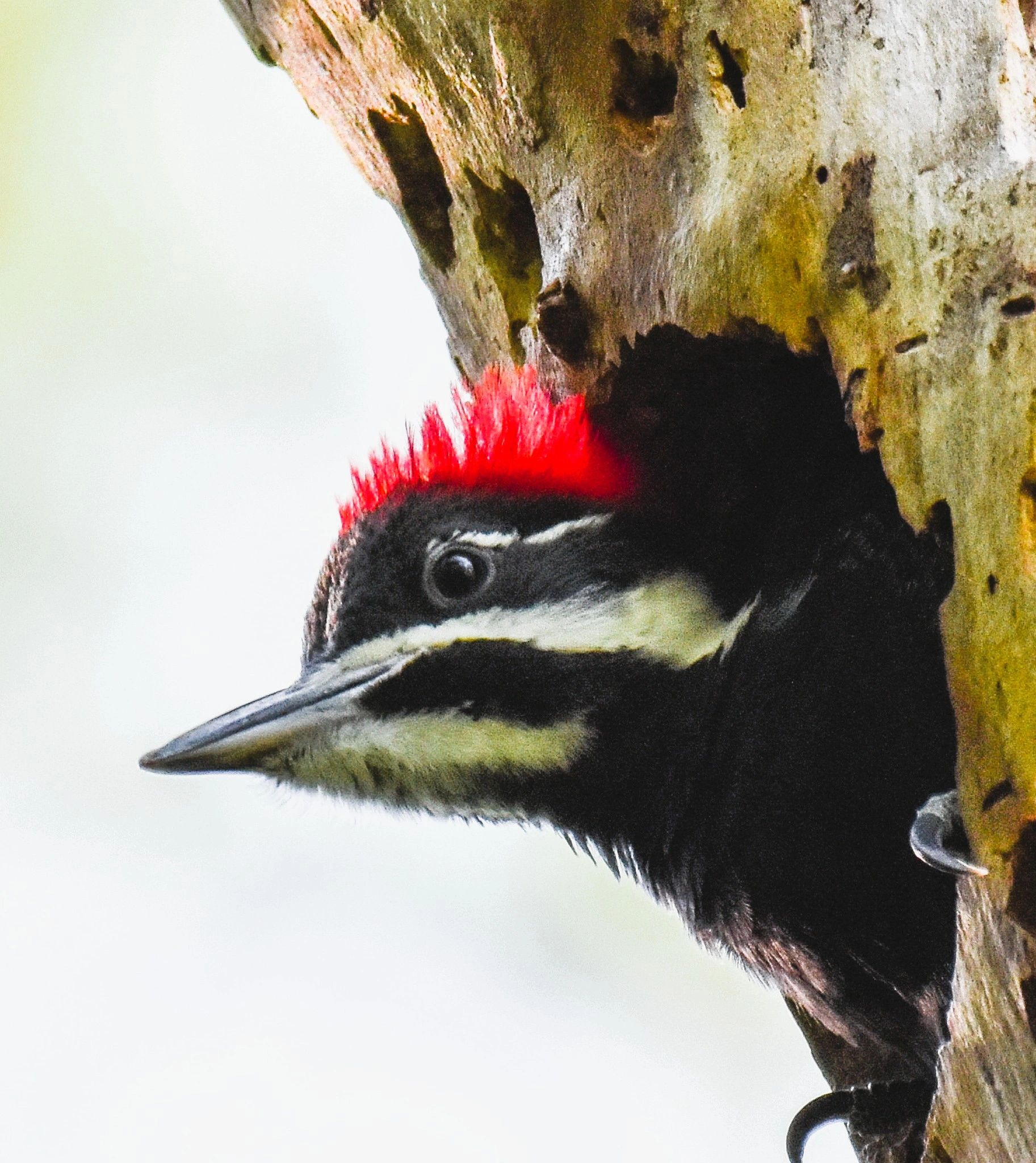
Crested Caracara
The primary threats to the Florida Crested Caracara population are habitat loss and degradation, primarily due to development and agriculture.

Pileated Woodpecker
Pileated woodpecker nestlings typically fledge a month after hatching. They are fed by both parents, primarily through regurgitation, with the young initially being fed inside the cavity and later at the entrance.

Raccoon
Raccoons inhabit the trees and mangroves of Safety Harbor. They are natural gardeners, dispersing seeds through their waste and contributing to plant regeneration and biodiversity. They aerate the soil by digging and, by eating insects, frogs, and rodents, they control potential pest problems.

Black Skimmer
Black Skimmers fly low over the water with their beaks open and lower mandibles partially submerged. When the lower part of the bill touches prey, the bill's upper mandible snaps down, securing the bird's meal.

American Oystercatcher
American Oystercatchers survive almost exclusively on shellfish—clams, oysters, and other saltwater mollusks. This is AE, a banded female, who adopted Fort de Soto as her home in 2017. She and her mate, Archie, raised two healthy chicks in 2025.

This cormorant can't eat properly!
PLEASE DONT CUT THE LINE!
If you hook a bird, don't panic. Reel the bird in slowly. Use a net to lift the bird. Firmly grasp the bird's head behind the eyes, fold the wings up firmly against the bird's body so that it can't flap its wings. Also hold the legs. Remove the barb and hook with pliers or clippers. Release the bird slowly.